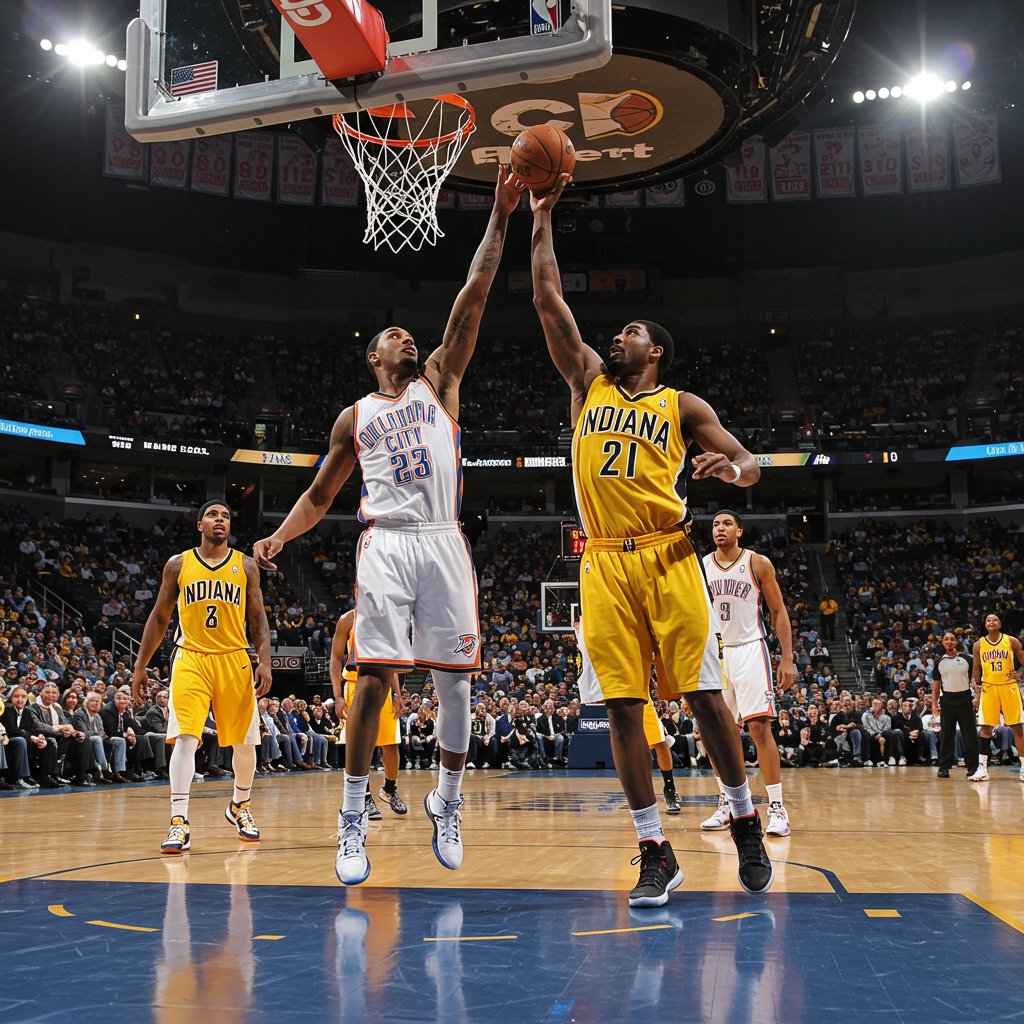Major moves continue to shake the NBA offseason, and one recent trade has analysts buzzing – particularly about the Portland Trail Blazers’ strategy. The Boston Celtics, fresh off a championship run, have agreed to trade guard Jrue Holiday to the Blazers in exchange for Anfernee Simons and two second-round draft picks. While Boston’s motivations appear clear, Portland’s side of the deal has left many baffled.
Celtics’ Calculation: Shedding Salary and Gaining Flexibility
For the Boston Celtics, this trade is primarily a financial maneuver aimed at navigating the NBA’s punitive luxury tax rules. Boston needs to significantly reduce its salary obligations, specifically to get below the second tax apron of $207.825 million. By trading Holiday, who had two years and $104.4 million remaining on a contract widely considered “deeply underwater” value-wise due to his age and rising salary, the Celtics shed substantial long-term money.
Remarkably, Boston not only moved off this contract but managed to receive draft picks in return, defying expectations that they might need to attach picks to facilitate such a deal. Anfernee Simons, while a talented scorer on an expiring contract worth over $27 million for the upcoming season, provides salary relief compared to Holiday’s future commitments.
This move, coupled with other potential transactions including the reported trade of Kristaps Porziņģis, is part of a broader effort by Boston’s front office. The goal is to significantly lower their luxury tax bill, avoid the repeater tax penalties, and unfreeze their 2032 draft pick by staying below the second apron in the coming seasons. This financial flexibility is particularly crucial during what might be a “gap year,” with star Jayson Tatum reportedly expected to miss the season recovering from a torn Achilles tendon. Simons, a skilled multi-level scorer and capable playmaker, could help replace some of Tatum’s scoring load in the short term, although his defensive fit compared to Holiday remains a question.
Analysts suggest the Celtics could engage in a series of subsequent trades, potentially “stairstepping down” from Simons’ salary through multiple transactions involving other players, further reducing their cap number and tax burden.
Portland’s Puzzling Play: Answering “What Are They Doing?”
The reaction to the trade from Portland’s perspective has been one of widespread confusion and criticism. The Trail Blazers are a young team that had seemed poised to continue building and developing their core talent, potentially taking a longer-term view, especially with key players like Scoot Henderson and Donovan Clingan on rookie deals.
Trading Anfernee Simons, a developing 26-year-old scorer who averaged over 19 points per game last season, plus sending out draft capital (two second-round picks) to acquire Jrue Holiday, a 35-year-old player whose contract extends into his late 30s with significant salary commitments ($37 million potentially at age 37), seems counterintuitive for a team not considered a current contender. Critics question taking on Holiday’s future salary obligations, which could impact the team’s ability to retain and pay its younger players down the line, especially considering they already have a large future commitment to Jerami Grant.
Potential Rationale: A Shift in Draft Strategy?
While the overall value and long-term financial implications for Portland remain questionable, there is speculation about how Holiday’s presence might influence their upcoming draft strategy. If the Blazers plan to keep Holiday, his addition — known for his elite defense and two-way capability — could significantly bolster a backcourt that finished strong defensively last season.
This addition might signal that the team feels less pressure to use its No. 11 lottery pick on another guard, allowing them to focus on selecting bigger prospects, such as wings or forwards, to complement their frontcourt players like Clingan. While the trade itself is seen by many as a step back in the rebuild, keeping Holiday could allow Portland to address other roster needs in the draft, potentially targeting players like Cedric Coward, Carter Bryant, or Asa Newell, assuming they fit the team’s needs and are available at No. 11 in what is considered a deep draft class.
However, even with this potential draft angle, the decision to trade a promising young scorer and draft capital for an aging, expensive veteran on a non-contending team remains a major point of contention and the source of considerable head-scratching around the league. As the busy NBA offseason unfolds with other major transactions like Kevin Durant heading to Houston and Tyrese Haliburton suffering a potentially season-ending Achilles injury in Indiana, all eyes will be on Portland to see what else they “cook up” and whether a clearer vision for these puzzling moves emerges.
References
- www.nytimes.com
- www.si.com
- <a href="https://www.nytimes.com/athletic/live-blogs/nba-free-agency-2025-offseason-trade-rumors-news/fnwUjcuMFEqi/ZXAWIF6Vwix0/?utmmedium=social&utmcampaign=nbatw&source=nbatw”>www.nytimes.com
- www.nbcwashington.com
- au.sports.yahoo.com



